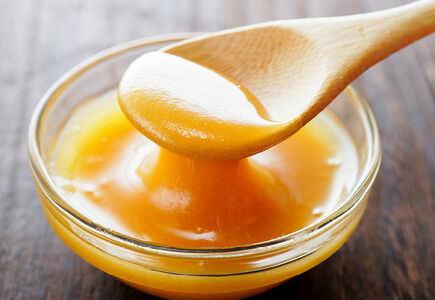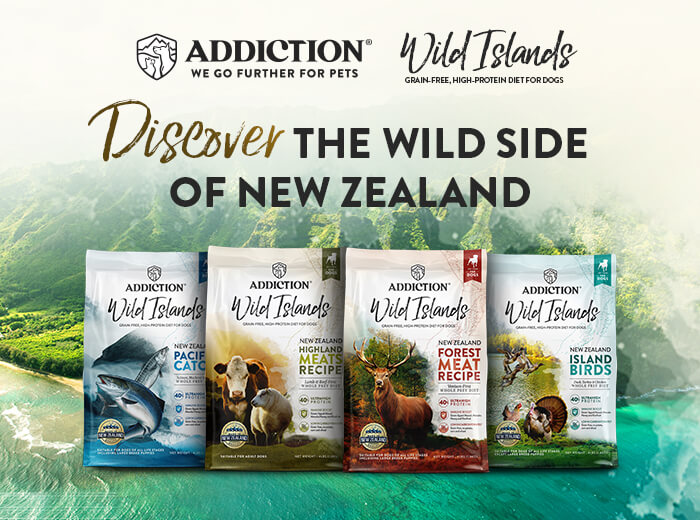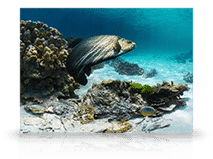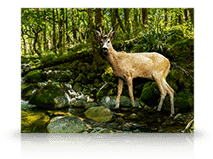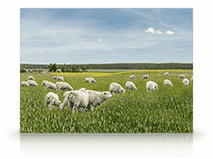Choosing the right cat food, especially for first-time owners can be challenging. You have to consider not just the nutrient content and the ingredients, but also whether it’s fit for the current life stage of your pet.
Still, even if you go through such a selection process, it still boils down to your cat’s individual preferences whether they like it or not. Palatability or the overall taste, smell, and texture matter more to cats than dogs.
If you’re looking for the best cat food to buy, here are some important criteria to consider next time you go shopping.
Things to look for:
1. Approval from the experts
The Association of American Feed Control Officials (AAFCO)’s “nutritional adequacy” and their “complete and balanced” label are two things to look out for in the packaging labels.
The AAFCO is an advisory body that has one of the strictest standards when labeling pet food. If the brand you’re getting meets AAFCO’s nutrient profiles, you can be sure that it has the required amounts of nutrition needed for your cat and for what specific life stage the food is intended for. The “suitable for all life stages” statement in your pet food means that its formulation meets all the nutritional requirements of kittens, adults, and senior cats. Make sure to review the feeding guide to help your pets maintain a healthy weight and ensure they get complete nutrition appropriate for their age.
2. A clearly defined protein source
Meat-based diets are a given for cats. This is why it’s always best to give them food with a clearly defined primary protein ingredient to get the best nutritional value out of each meal. It also helps if even the meat meal’s protein source is clearly stated on the label so that you can be sure that it’s not just a filler ingredient. Some of the best sources of animal-based protein for cats are Salmon, Duck, and Lamb.
3. Amino Acids and Minerals
The one thing cats need for a healthy heart and muscles is Taurine.
Taurine is an amino acid that’s crucial to maintaining eyesight and heart health. While most mammals (including dogs and humans) can synthesize Taurine in their bodies, cats can’t. They need to obtain this nutrient from other food sources.
Aside from Taurine, there are 12 other amino acids cats need in their diet. Among these are:
- Arginine
- Methionine
- Histidine
- Phenylalanine
- Isoleucine
- Threonine
- Leucine
- Tryptophan
- Lysine
- Valine
Cats also need a certain amount of minerals in their diets. According to the National Research Council, there are 12 minerals known to be essential for cats. Among these are calcium, phosphorus, and magnesium. These minerals play a role in maintaining strong bones and teeth. However, too much of any mineral can also lead to problems. For example, too much consumption of magnesium can lead to urinary-related problems.
4. Supplementary ingredients
While cats are carnivores, that doesn’t mean they should avoid fruits and vegetables. Despite what most pet parents think, cats can digest fruits and vegetables. These are crucial for getting vitamins and minerals that can supplement their diet and maintain a healthy immune system. Some of the best examples of antioxidant-rich fruits for your cats are cranberries, apples, and spinach.
Things to avoid
It’s not enough that you check what your cat food has. It’s just as important to know what ingredients their food is free from. Look for pet food labels that don’t have chemical or artificial preservatives.
Ingredients like Butylated Hydroxyanisole (BHA) and Butylated Hydroxytoluene (BHT) are synthetic antioxidants used as preservatives in cosmetic products. These same preservatives are also used as food preservatives. Other synthetic antioxidants used as preservatives are Ethoxyquin, and Propyl Gallate.
Other things to look out for are cornmeal and fillers. These have little nutritional value, if any, and are mostly used to make the cat food pack appear heavier.
An example of a recommended cat food
Aside from knowing your cat food’s specific protein source, it’s also important that you know where it’s obtained. Addiction Pet Foods’ Salmon Bleu is made with sustainably-sourced New Zealand King Salmon as the #1 ingredient.
It also has the “complete and balanced” label, meaning it fits the AAFCO’s nutrient profile for all life stages of your pet. This makes it suitable for kittens, adult, and senior cats, provided that you follow their feeding instructions indicated in the packaging.
While not required by the AAFCO, this formula also has Omega-3 and Omega-6 fatty acids from Salmon and Flaxseed to maintain your cat’s skin and coat health – a primary indicator of how healthy they are. Salmon Bleu is also enriched with high-performing Chelated Minerals to help boost your cat’s nutrient absorption.
Cats have very unique nutritional needs. A comprehensive understanding of how their body works and what type of food best meets their requirements can help you choose what type of diet you should feed them.
– Addictionpet.com.
Want to try a bag of Salmon Bleu for Cats? Find a store near you! Like us on Facebook and follow us on Instagram for more pet health and nutrition updates.



